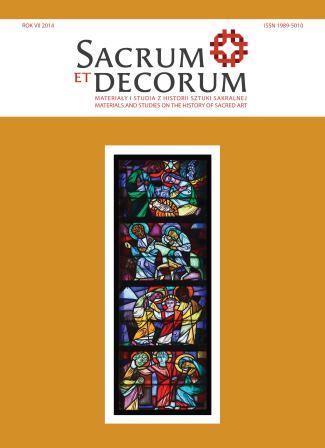Paradygmaty estetyczne i architektoniczne w wiedeńskiej architekturze sakralnej przełomu XIX i XX wieku
Aesthetic and architectonic paradigms in Vienna church architecture at the turn of the 20th century
Author(s): Inge ScheidlSubject(s): Fine Arts / Performing Arts
Published by: Wydawnictwo Uniwersytetu Rzeszowskiego
Keywords: church architecture, historicism, early modernism, Vienna, 19th century
Summary/Abstract: Vienna, the capital of the Habsburg monarchy and the seat of its rulers, in the 19th century became a metropolis, and the rocketing city population necessitated the building of many new churches. One of the most important practical and theoretical problems was the “appropriate” style to be used in those constructions. The result of the debates conducted at the time was accepting the validity of the mediaeval styles, especially Gothic, considered to be the “ideal” language of church architecture. Forms borrowed from more recent epochs in art and architecture were noticeably less popular (in the theory of church building they were practically unanimously rejected). Reception of early modernism was also limited. Despite the supremacy of Neo-Gothic and the Neo-Romanesque style, Vienna churches of the turn of the 20th century are characterized by great variety, which reflects the dilemmas of their creators.
Journal: Sacrum et Decorum. Materiały i studia z historii sztuki sakralnej
- Issue Year: 2014
- Issue No: 7
- Page Range: 147-168
- Page Count: 22
- Language: English

